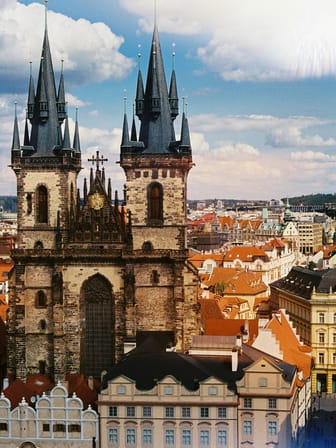Klementinum
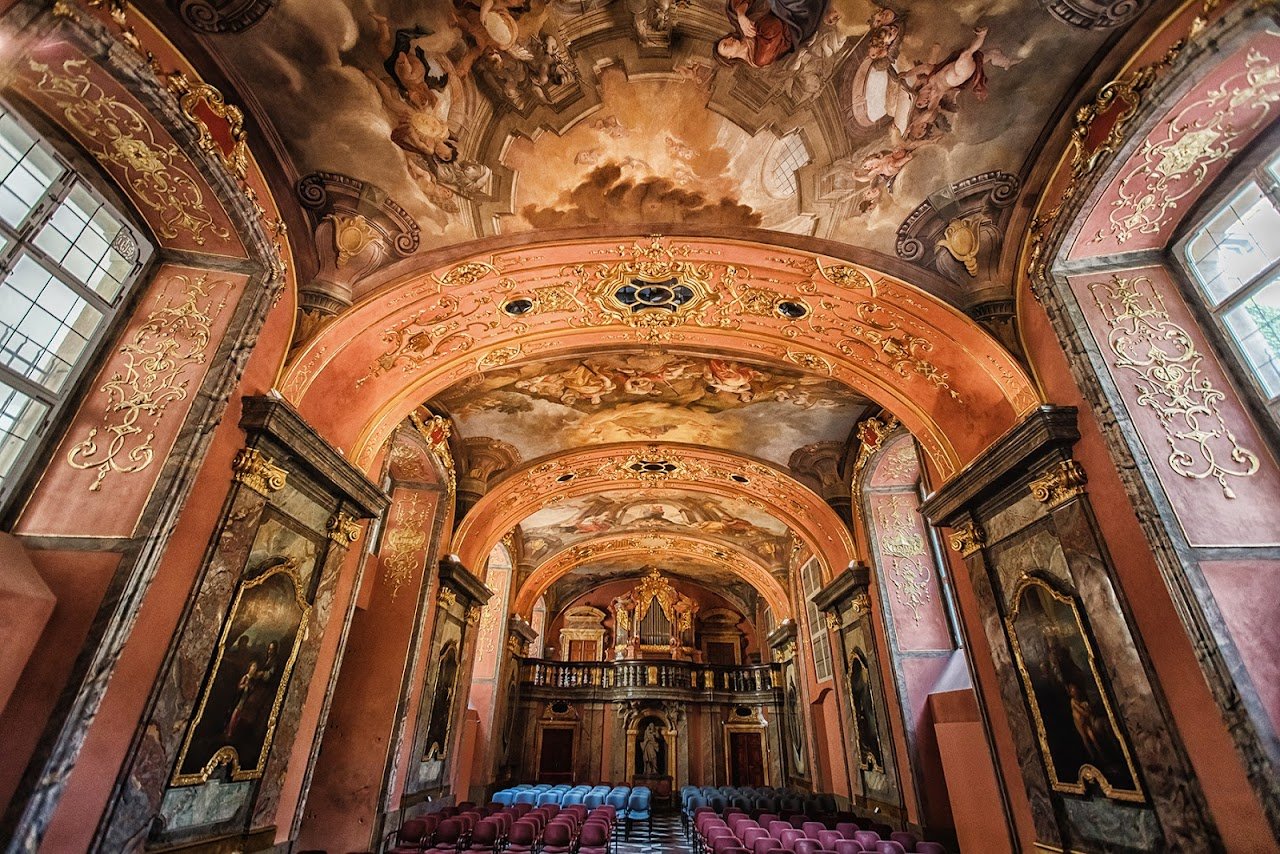
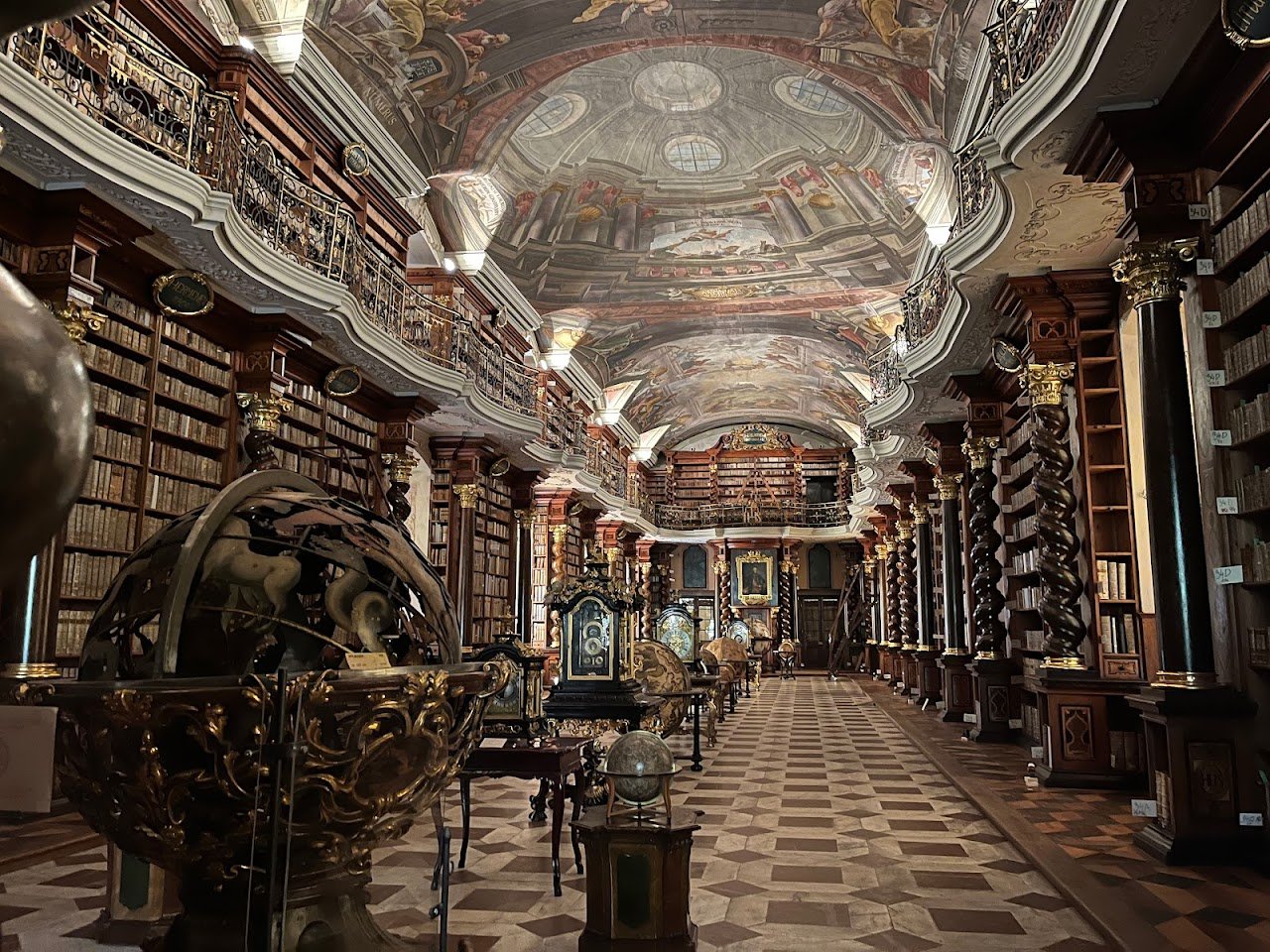
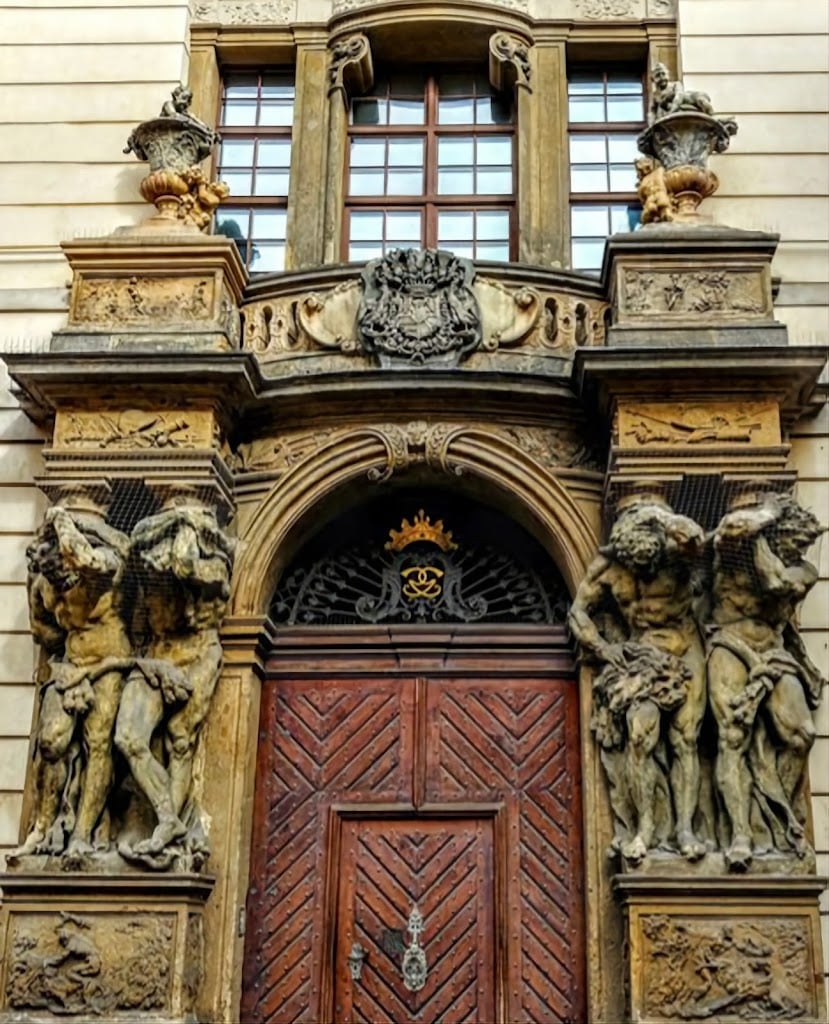
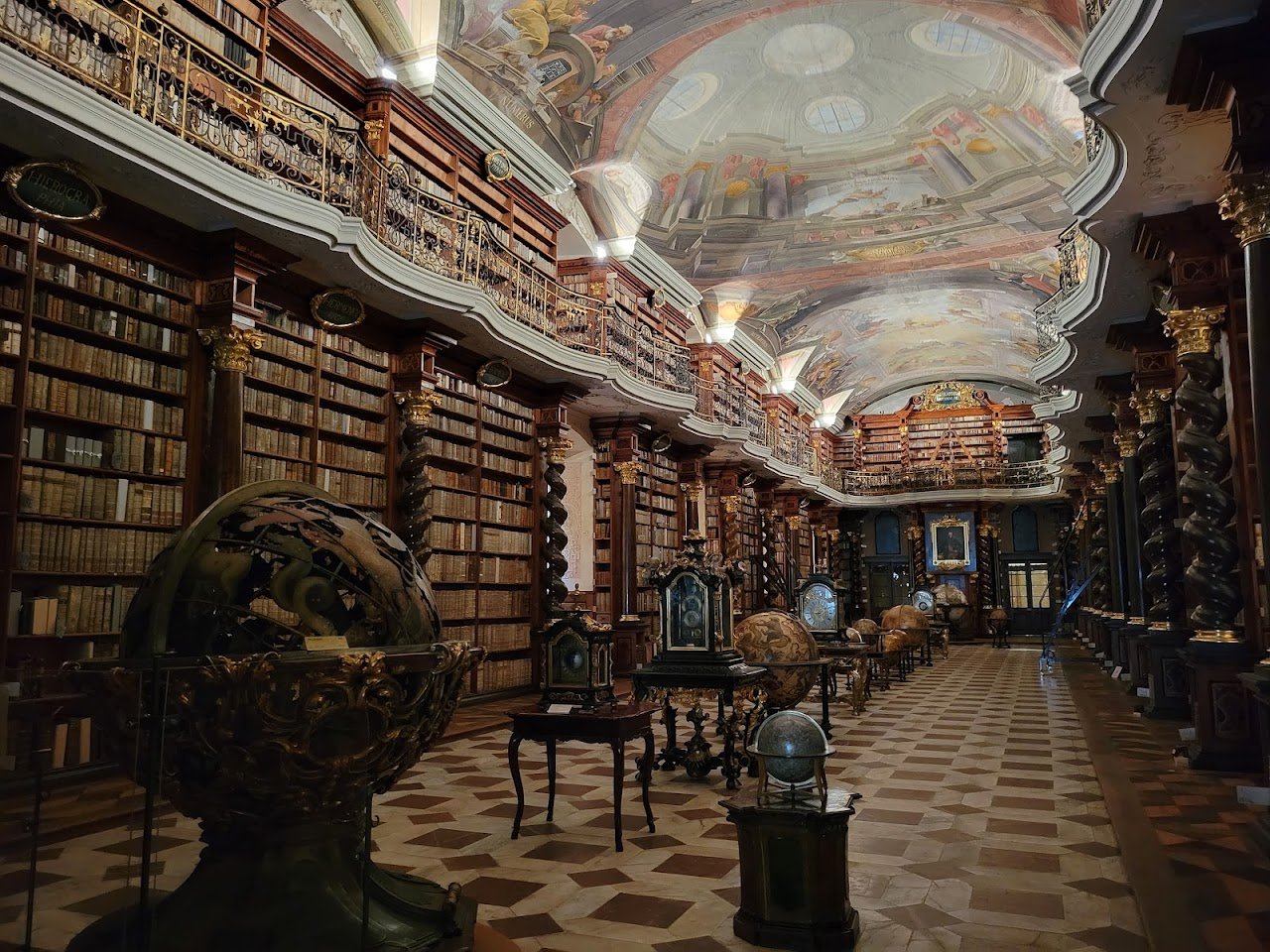
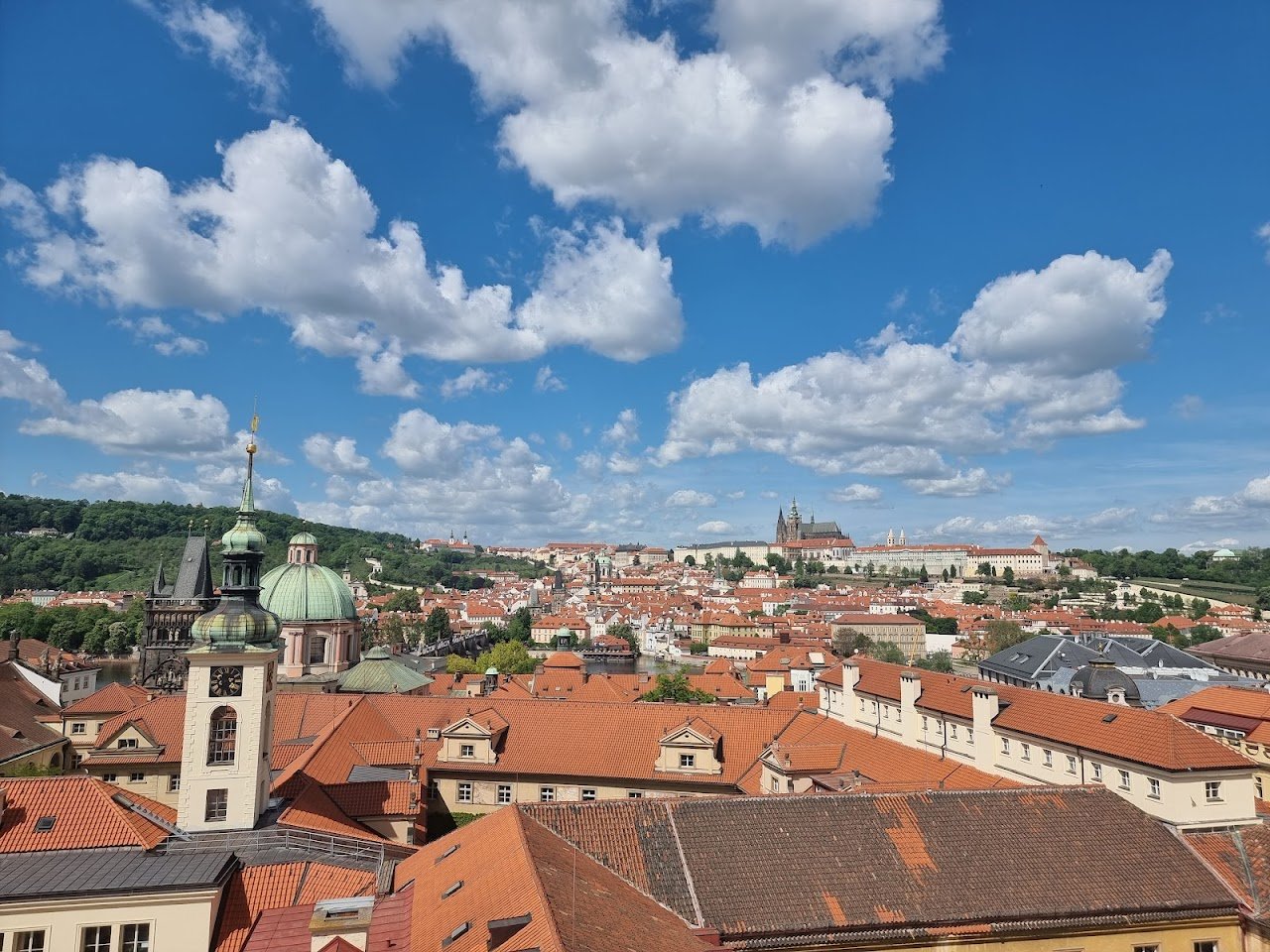
What people say
Pedro Pereira
Available for hire
"The Clementinum, Prague's second-largest building complex after Prague Castle, is a site rich in history and culture. Renowned figures like Albert Einstein and Wolfgang Amadeus Mozart are linked to this extraordinary place—Einstein taught here, and Mozart performed numerous times. Founded by the Jesuits in 1556 on the site of the former Dominican monastery of St. Clement, the Clementinum is home to what is often described as the most beautiful library in the world, housing 27,000 ancient works, including Kepler's writings with his personal dedications. In 1775, it became a hub for meteorological data collection, marking the longest continuous series of such observations in Europe.
A unique sightseeing route through the Clementinum takes visitors to the Astronomical Tower, offering breathtaking views and a guided tour of the Baroque Library, though visitors may only view it from the entrance. The tour also includes the Meridian Hall, showcasing period astronomical instruments, and culminates in the gallery of the historic meteorological station. For over three centuries, the giant Atlas has stood atop the tower, symbolizing the connection between the Clementinum and the stars that have long inspired its visitors, including Mozart himself."
Read more in:
Alba Casillas
"Booking the Tour, these are the most interesting sights you will see:
- The Chapel of Mirrors is the first room you will find on your visit to the Clementinum. A baroque hall lined with mirrors where you will find the organ that Mozart is said to have played during his visit to Prague in the 18th century.
- The Astronomical Tower, almost 70 metres high: an astronomical observatory that provides a unique vantage point overlooking Prague Castle.
- The Meridian Hall on the way to the Astronomical Tower. This is where what has become one of the oldest meteorological records in Europe were kept.
- The Clementinum Library, which houses more than 20,000 items, including a collection of old manuscripts. It is a unique place, with a very particular atmosphere, where we can see thousands of books surrounded by globes, endless bookshelves and Jan Hiebl's impressive frescoes on the ceiling."
Read more in:
Wiktoria Górska-Kijanka
"The Clementinum's history starts in the 11th century with a chapel dedicated to Saint Clement. After significant damage in the Hussite Wars, it was rebuilt as a Jesuit college in 1556. The Jesuits moved Charles University's library there in 1622, and by 1654, the college and university were combined. The Baroque library, constructed between 1709 and 1726, is a highlight of the complex. The Jesuits were expelled in 1773, and Empress Maria Theresa repurposed the Clementinum as an observatory, library, and university. It became the National Library in 1990 and holds valuable Czech literary works, information on Tycho Brahe and Comenius, and Mozartiana. Spanning 20,000 square meters, it is the second-largest building complex in Prague after Prague Castle."
Read more in:
Mentioned in these guides
About Klementinum
Get the inside scoop on Klementinum from local experts, travel creators, and tastemakers. Browse genuine trip notes, Klementinum reviews, photos, travel guides, and itineraries from real travelers and plan your trip with confidence.
Website
Phone
Save this spot for later or start mapping out a new trip today
Try our AI Travel Assistant and get instant answers to any questions about your trip.
Ask ThatchGPT
